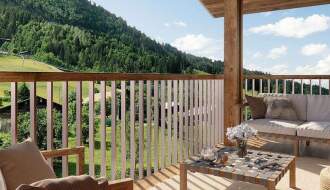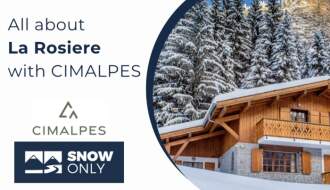The potential impact of climate change on skiing is no secret, with warnings over the last few years that, in the future, snow reliability will only be possible above 1,500m, rather than 1,200m. While it’s not all bad news – many resorts are embracing dual-seasonality – it is nonetheless worth keeping in mind when choosing a location to buy a ski property. If you want reliable snow cover, for what and where should you look?
What should you look for in a snow-reliable resort?
Obviously, the first rule is altitude. Since the 90s, an altitude of 1,200m has been considered enough to give a resort a 100-day season of 30cm of snow on the slopes (ie to make is ‘snow-reliable’). However, it seems increasingly likely that this will narrow to anything above 1,500m in the future.
However, finding places more likely to avoid the impacts of climate change is not just altitude alone. In fact, some resorts with slightly lower elevations have better snowfall – and that’s down to their position within their mountain range. You want to look for a resort with mainly north-facing slopes, or south-facing in the southern hemisphere. These receive very little warmth from the sun in mid-winter, meaning that snow is more likely.
Equally, if a resort has high, deep valleys, providing shade, you’ll often find that they retain their snow cover a lot better. Of course, resorts which take care with the grooming of their slopes will also see a much better quality of powder.
Where are resorts well protected against the impact of climate change?
With these rules in mind, we’ve drawn up a list of some of our top ski resorts that offer good surety against the impact of climate change, in both Europe and North America.
France
France is lucky to have a number of top resorts at very high elevations. Val d’Isère benefits from the presence of the Pisaillas Glacier, at 3,488m, which usually allows skiing even in the summer up to around the second week of July. Even the lowest slopes have an elevation of 1,550m. The resort has also invested in an underground snow creation facility, creating more snow with less energy and heat expenditure.
Val Thorens is of course Europe’s highest resorts, and 50% of slopes also benefit from snow-making facilities. The vast majority of its slopes face north or northwest, and the highest runs are at 3,220m (Pointe du Bouchet) and 3,200m (Cime de Caron).
Italy
Cervinia, in the Aosta Valley, occupies an enviable position at the foot of the dramatic Matterhorn, and is one of Italy’s best for reliable snow coverage, with extensive glacier terrain. Its base elevation is 2,050m, going up to 3,480m around the Plateau Rosa Glacier (which extends further up to 3,899m on the Zermatt side).
Switzerland
Switzerland has a great choice of resorts that offer more surety against climate change. Zermatt and Saas-Fee, for instance, are among some of the highest in Europe. As above, Zermatt has skiable areas as high as 3,899m, while Saas-Fee’s go up to 3,200m (with a 10km descent right down to 1560m!). 70% of its slopes have snow-making facilities, as do 75% of Zermatt’s.
Andermatt’s slopes, largely between 2,000m and 3,000m, have the fantastic advantage of being north-facing and relatively shaded by the Gemsstock. Even when much of Valais has poor snow cover, you can still find great conditions here.
USA
Alta in Utah is another fantastic place to look for ‘climate-change-proof’, with excellent snow reliability – and challenging terrain that is sure to attract visitors back again and again. Although only 28% of its slopes have snow-making facilities, its slopes range in altitude from 2,600m to 3,215m.
High-tech Sun Valley in Idaho has a $15-million-dollar, computerised snow-making facility, making well groomed, bi-layer snow cover to top up its 160 inches of natural snow.
Buying your ski property
If you decide to invest in any of these areas, it’s important to make sure you understand the full buying process – what are the legalities involved, whom should you involve and how can you finance the purchase? You can find the answers to all these questions and more in our free country buying guides.
We’re in a time of economic volatility, and exchange rates are constantly moving – meaning property prices are, too. Find out how you can secure a fixed, non-moving exchange rate in the Property Buyer’s Guide to Currency.
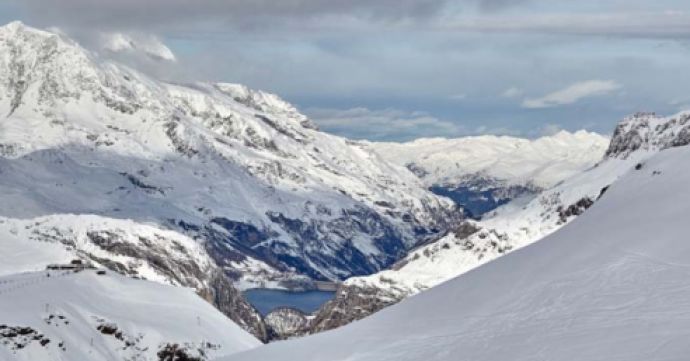
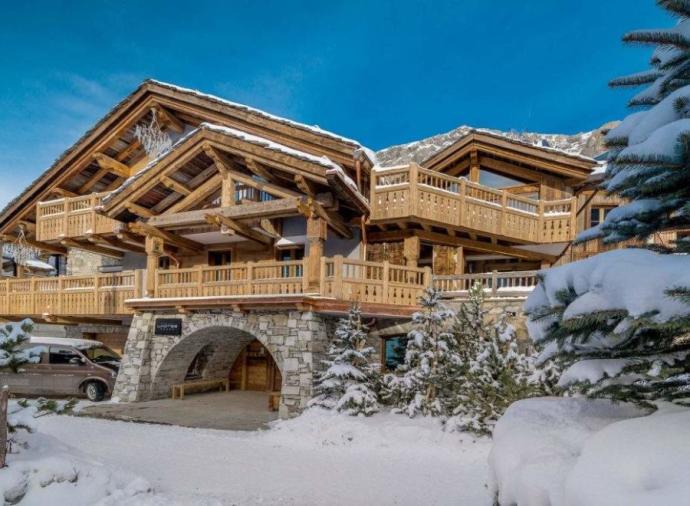
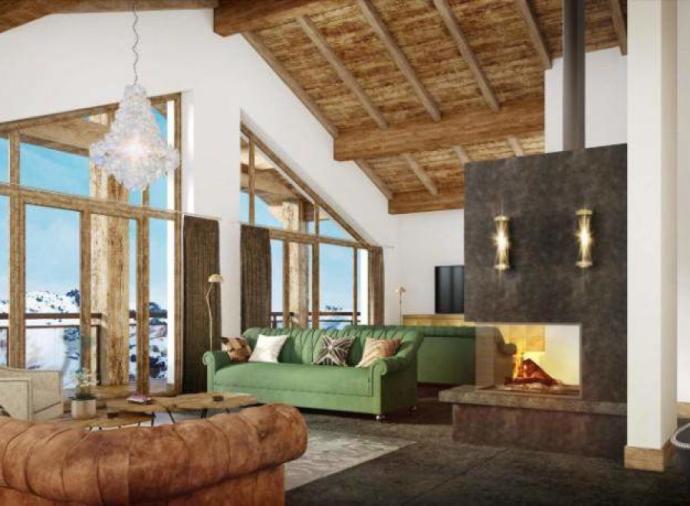
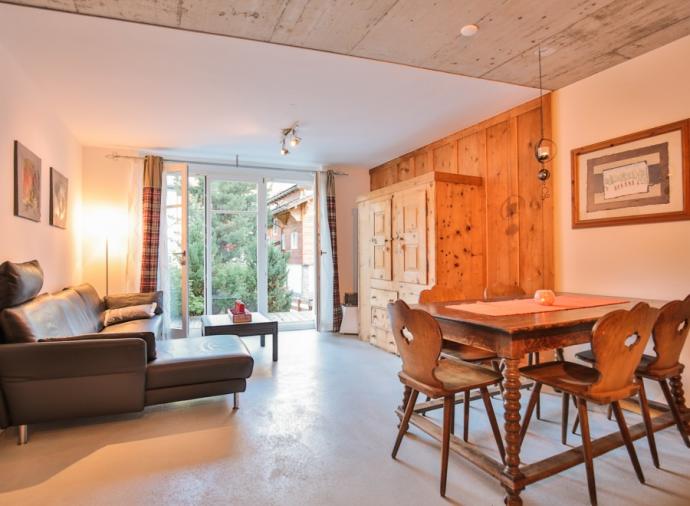
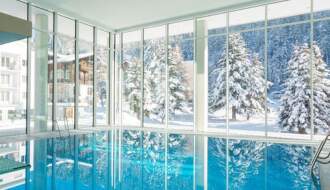
 Apr 15, 2024
Apr 15, 2024
